Unlocking the Secrets of Brown Recluse Spiders in Florida: Your Guide to Authoritative Content
Curious about brown recluse spiders in Florida? Get ready to separate fact from fiction as we delve into the truth about these often-misunderstood creatures. While rumors and myths abound, the reality is that brown recluse spiders are not native to Florida and are far less common than many people believe.
Are Brown Recluse Spiders in Florida Poisonous?
Yes, brown recluse spiders are venomous, meaning they inject venom through bites. Their venom contains powerful enzymes that can cause tissue damage, but serious reactions are not guaranteed and are considered rare. While their venom is often described as more toxic than a rattlesnake’s, they inject a far smaller dose in a bite.
What Happens If You Get Bitten by a Brown Recluse?
Brown recluse spiders are not aggressive and will only bite if they feel threatened, which is unlikely in most situations.
Bite symptoms can vary greatly, and may include:
- Initial Bite: Often painless, may go unnoticed for hours.
- Early Symptoms (2-8 hours post-bite): Redness, swelling, mild to intense pain, itching, and possible blister formation at the bite site.
- Later Symptoms (Days to Weeks): An open sore (ulcer) with a dark center (necrotic tissue), fever, chills, nausea, and muscle pain.
- Severe Cases (Rare): Loxoscelism (a systemic reaction), widespread skin and tissue death around the bite, and organ damage.
If you suspect a brown recluse bite, seek immediate medical attention. Treatment may include wound care, antibiotics, pain management, and in rare cases, antivenom or surgery.
How Big Do Brown Recluse Spiders Get in Florida?
Despite their fearsome reputation, brown recluse spiders in Florida are relatively small:
- Average Size: 0.24–0.79 inches (body length, excluding legs) – about the size of a dime to a quarter.
- Legspan: Can reach up to 1.5 inches, but their body size remains small.
It’s important to note that many other spider species in Florida are often mistaken for brown recluses.
Unmasking the Imposters: Identifying Brown Recluse Spiders
Accurate identification is key. Here’s what to look for:
- Violin-Shaped Marking: The most reliable identifier, located on the cephalothorax (fused head and chest).
- Color: Light to medium brown, with no patterns on the abdomen.
- Legs: Solid color, with no stripes or bands.
- Webs: Irregular and messy, unlike the symmetrical webs of orb weavers.
- Behavior: Reclusive, found in undisturbed places, not out in the open.
Keeping Your Home Spider-Smart
While brown recluse spiders are not as common in Florida as some may believe, it’s still wise to take precautions to discourage spiders in general:
- Declutter Zone: Spiders love hiding in piles of stuff, so keep things tidy.
- Seal the Cracks: Check your windows, doors, and foundation for any tiny openings a spider could slip through and seal them up tight.
- Lights Out: Outdoor lights attract insects, which in turn attract spiders. Switch to motion sensor lights or just keep those lights dim.
If you’re concerned or think you’ve got a spider situation that’s gotten out of hand, don’t hesitate to call in pest control experts.
Why All the Fuss About Brown Recluses?
The fear surrounding brown recluse spiders often stems from misconceptions and misinformation. While their venom can be dangerous, serious reactions are uncommon. If you ever come across a brown recluse spider in Ohio, be sure to take precautions, as its bite can be harmful. Similarly, if you encounter a Bothrops insularis snake, it’s crucial to seek medical attention promptly, as its venom can be fatal.
Citizen Science: Unraveling the Mysteries of Spiders
There’s still a lot we can learn about spiders, including the brown recluse. Citizen science projects, where everyday people contribute to scientific research, are helping scientists track spider populations and understand their behavior. The more we know, the better equipped we’ll be to coexist peacefully with these fascinating creatures.
Remember, knowledge is power. By understanding the facts about brown recluse spiders, we can replace fear with caution and appreciation for the role these creatures play in our ecosystem.
- Unveiling the Enigma: Mansoureh Khojasteh Bagherzadeh’s Public Appearances & Private Life in Iran - July 18, 2025
- Unveiling the Mystery: Mansoureh Khojasteh Bagherzadeh’s Husband: A Rare Glimpse into a Private Life - July 18, 2025
- Unveiling Masoud Khamenei’s Mother: Power, Influence, and Iran’s Future - July 18, 2025
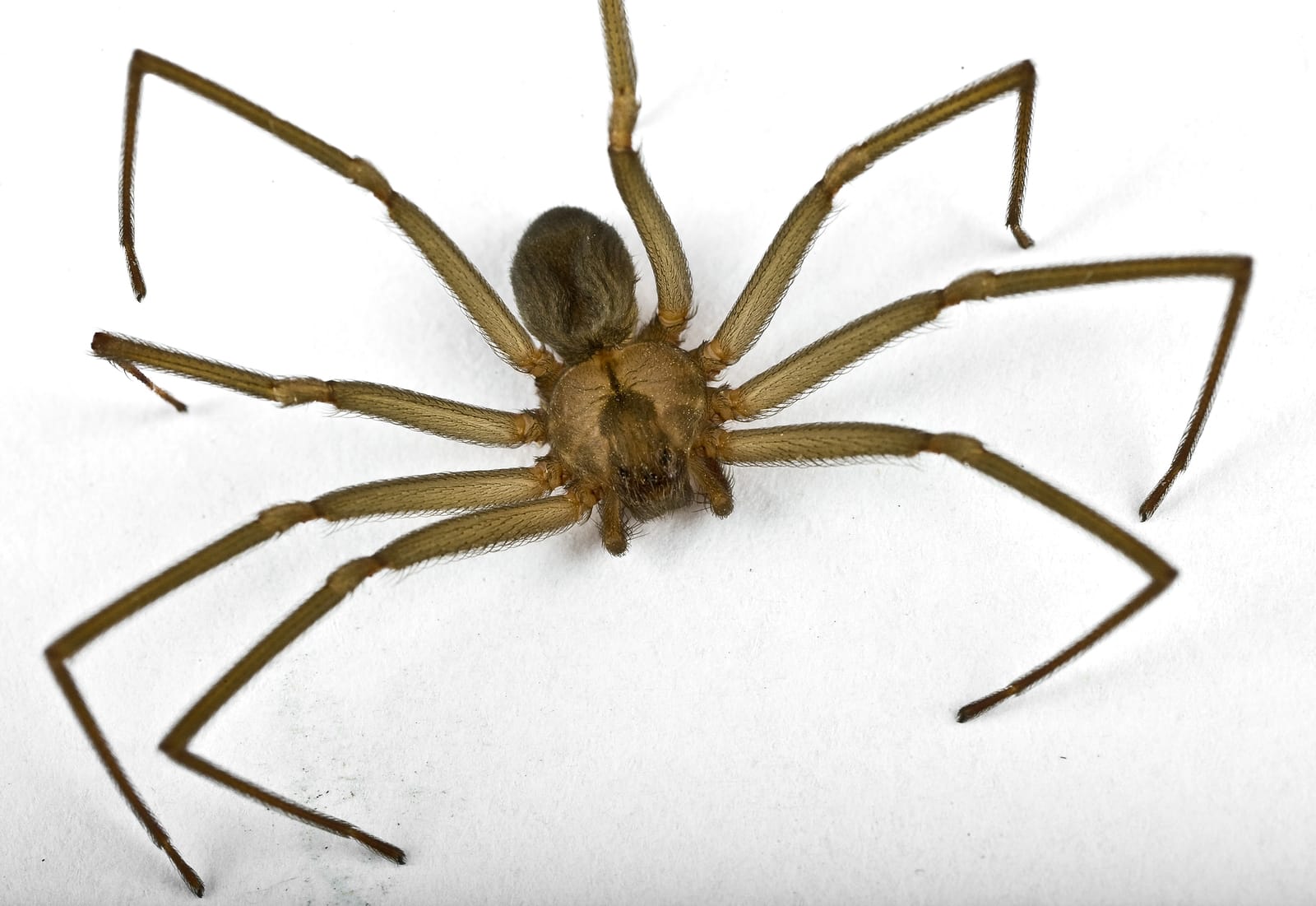
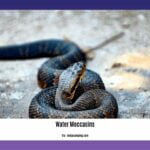
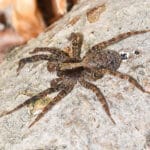
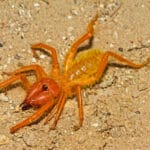
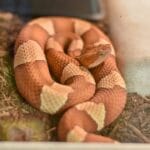
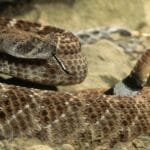
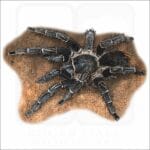










2 thoughts on “Brown Recluse Spiders in Florida: Separating Fact from Fiction”
Comments are closed.